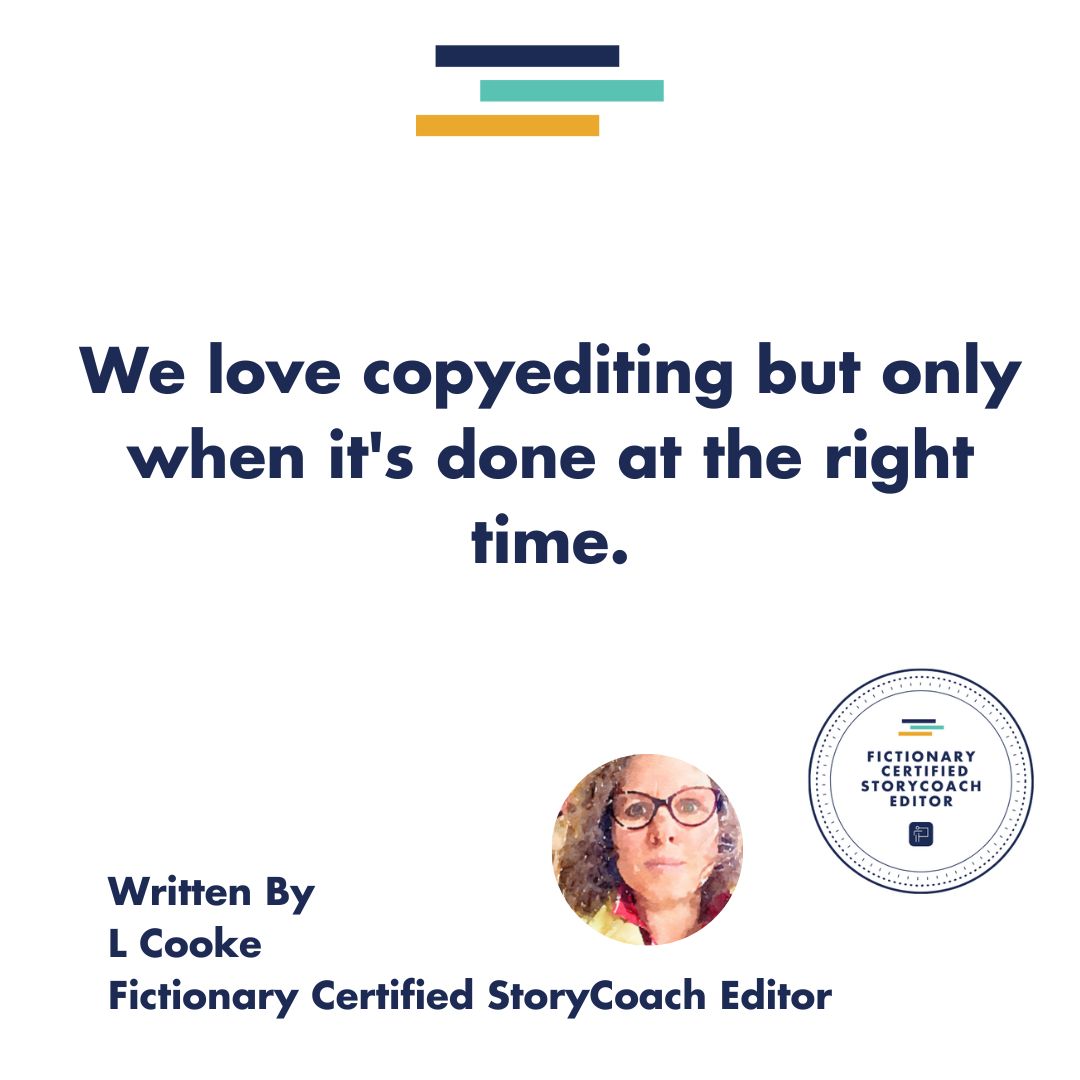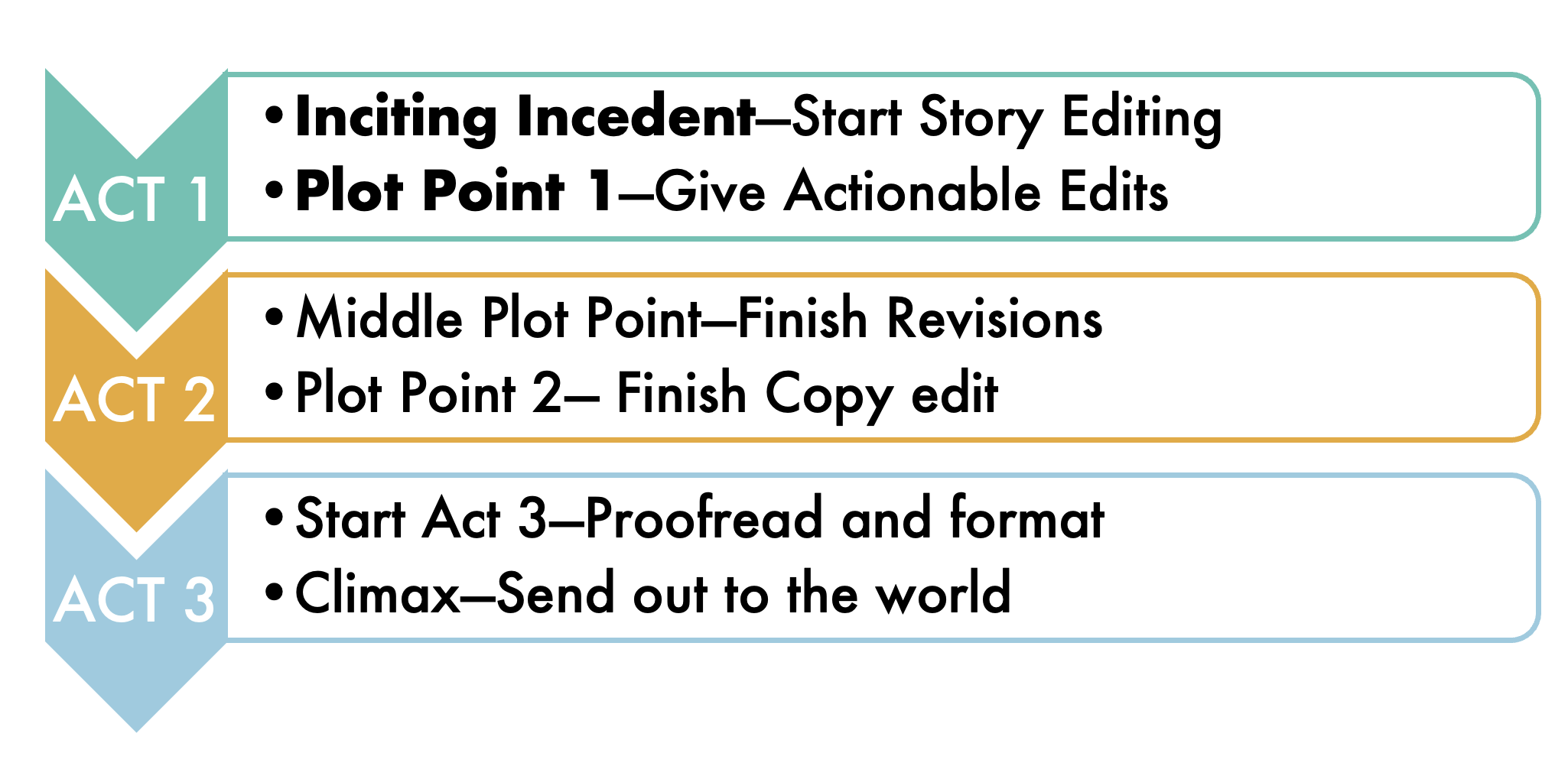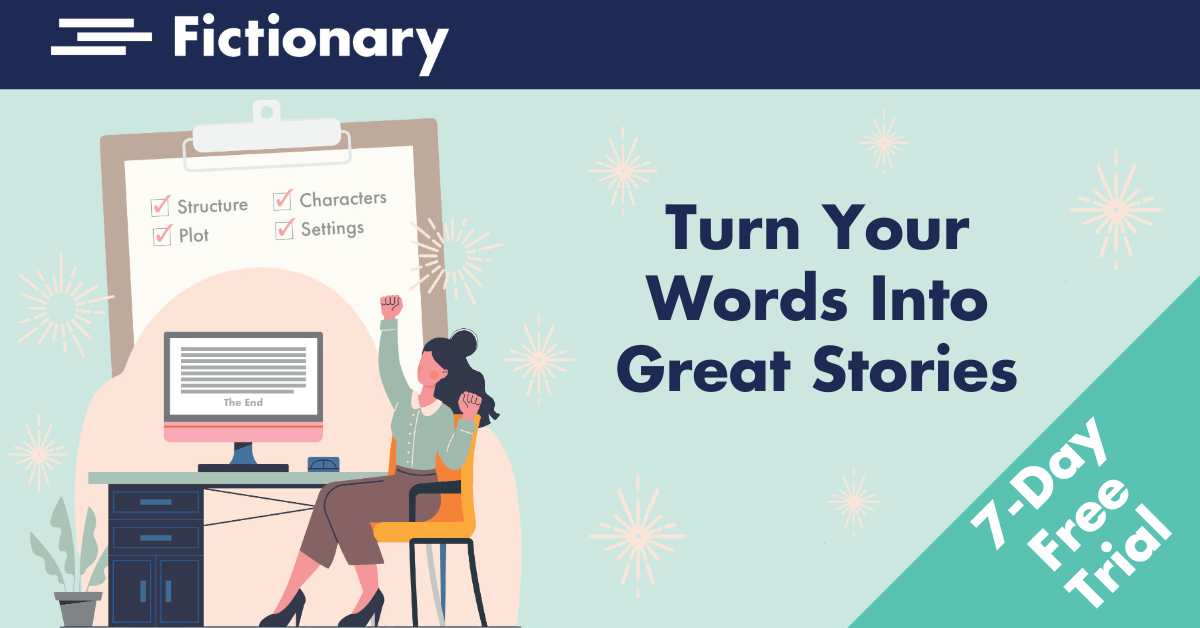A story editor edits story structure
As the writer, you write for your most attentive reader, then a story editor edits for the most casual readers. Once the structure of a story is solid, then it can withstand any type of reader.
And when you first edit your own draft, you too become an editor. You go from being a writer with a writer’s mindset to an editor with a red-pen mindset.
There is an editing beginning, to the process, when you metaphorically put down your writer’s black pen and pick up your editor’s red one.
Your editing journey is going from a first draft to a completed book. This editing journey needs signposts, otherwise it can be perilous, time-consuming, and daunting. Those signposts look like in a proper story structure.
The journey you take editing a draft is like a story in itself. The end of your editing story is the best bit—you have a finished book.
Is your editing journey a proper story?
A proper story has a protagonist, a story goal, and story stakes.
In your editing story, your draft is the protagonist. Your rough draft is the protagonist at the start of the editing journey. At the edited end, your final draft is a revised character, your final draft is a reformed character, your final draft is a polished character.
The second and third part of a proper story are the draft’s story goal and story stakes: the draft must get edited thoroughly, otherwise readers will never read it. These are the editing goals, and the editing stakes.
Your draft has a happy-ever-after when you follow the following editing method.
Your draft’s happy-ever-after’s transformation into finished book readers love.
![]()
Your editing story’s Story Arc
A proper story also has five key scenes in the three-act structure.
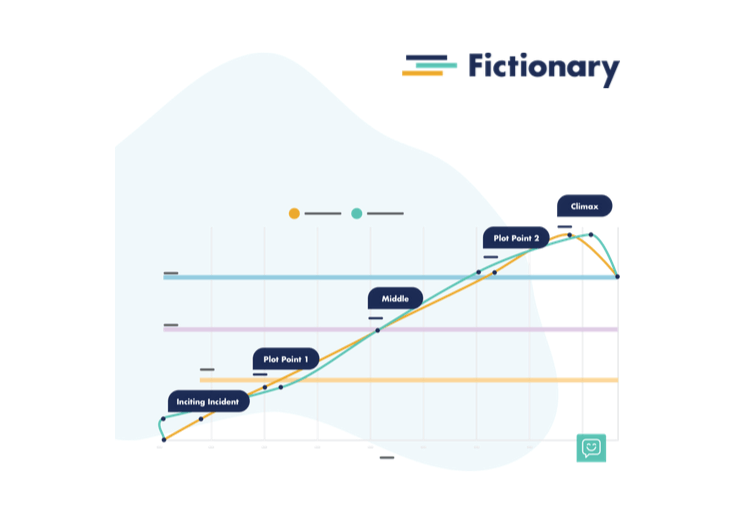
Let’s look at the 5 key scenes when you edit a first draft to a finished book.
Your editing story’s Inciting Incident starts with structural story editing.
At Plot Point 1, you have a list of actionable edits to revise with.
In the first half of Act 2, the editing process is revising using these actionable edits, and you arrive at the Middle Plot Point when you have finished your revision.
From the Middle Plot Point to Plot Point 2, you copy edit.
Act 3 is proofreading, and you hit the climax when you hit the button to send your book into the world.
The resolution to your editing story is when the reader reads your work!
![]()
Your editing story
So why is the story edit in Act 1, and copy edit in Act 2’s second half?
We will get to why that is after we have looked at the difference between a story editor and a copy editor
![]()
What is the difference between story editing and copy editing?
Story editing is all about the structure. Kristina Stanley in her fantastic blog explains here why story editing is also about giving actionable advice that can help with revisions.
And the editing aim, when looking at structure, is to get the biggest emotional response from the reader. The story editor thinks first how a reader would react to the story, and how to make their emotional responses as strong as possible.
A copy editor revises at the word level, the sentence level, paragraph level. Each word choice, each sentence, each paragraph is copy edited to build up in their power, to have clarity and make sure reading the story is a pleasure.
As you can see, both editors want the reading experience to be great.
What is the key difference?
The Story Editor will, amongst other actions, recommend cutting scenes, make the story’s meaning build up—to create an emotional response from the reader.
![]()
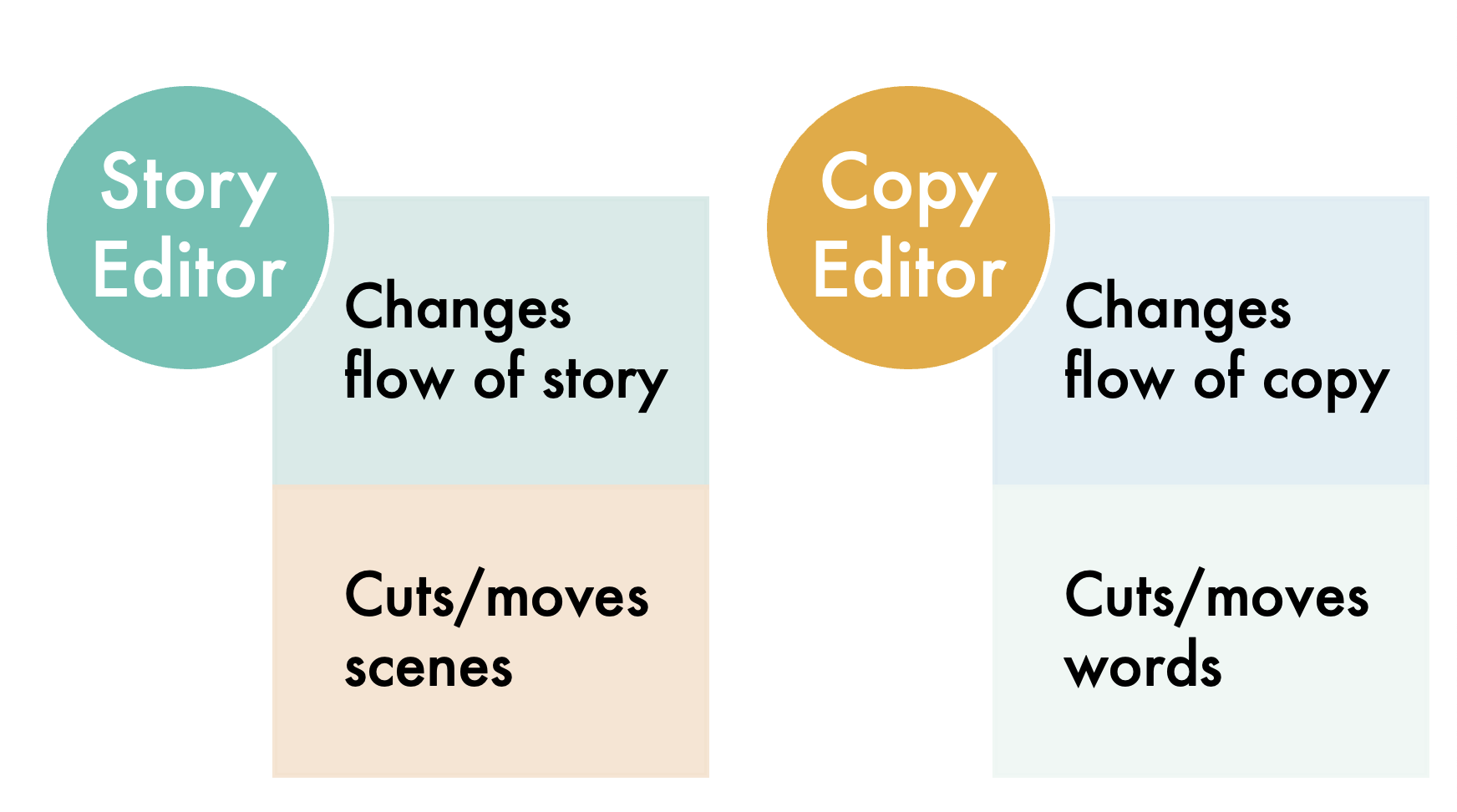
A Copy Editor will recommend cutting words or sentences to paragraphs, to make the story’s words build up in meaning.
This is a magnitude issue.
Both the Story Editor, and the Copy Editor, want the readers to respond to the draft. They just do so at a different order of magnitude.
![]()
Sunk Cost Fallacy
Anyone who reads the r/relationship_advice section in Reddit will have heard of the Sunk Cost Fallacy. And anyone who won’t admit they read about tough romantic relationships, then this business article in Time Magazine might be more to your tastes.
The sunk cost part of the Sunk Cost Fallacy is recognizing you have invested a lot of resources in every part of your project. And the fallacy part is, instead of cutting your losses when things go wrong in certain parts, you keep trying to improve on every part of your project, investing even more resources.
This Sunk Cost Fallacy is your blinkered investment view. Your time, tears and typing investment blinker you—you can’t see that cutting an entire scene would be the best option.
You don’t want to feel like your investments were a waste. You don’t want to believe you should cut a scene with your beautiful prose.
The Sunk Cost Fallacy when editing.
Let’s look at what happens when you copy edit first, and then story edit second.
When you evaluate your draft, the story editor advice recommends you cut a scene. But you have spent a lot of time polishing up that prose while copy editing. And that prose is exquisite. You have invested a lot of resources in that prose: time, tears and typing. You have no desire to cut that prose—you love that prose.
If you found a different way, then perhaps you could…
Stop!
Story Editing evaluates and suggests that a scene or scene fragment needs cutting because that scene or scene fragments are not fit for the story’s purpose. And remember, in a story: each scene, each scene fragment, must have a story purpose.
Intellectually, you can accept the story editing advice. It is logical, but that story editing advice does not know how long you spent copy editing your work. That advice is not remembering the time, tears and typing it took to get that prose looking so good, that advice should find another way…
Again, stop!
If you edit structurally first, you can see the scene objectively, you can see if the scene’s purpose does not serve the story.
A story editor objectivity
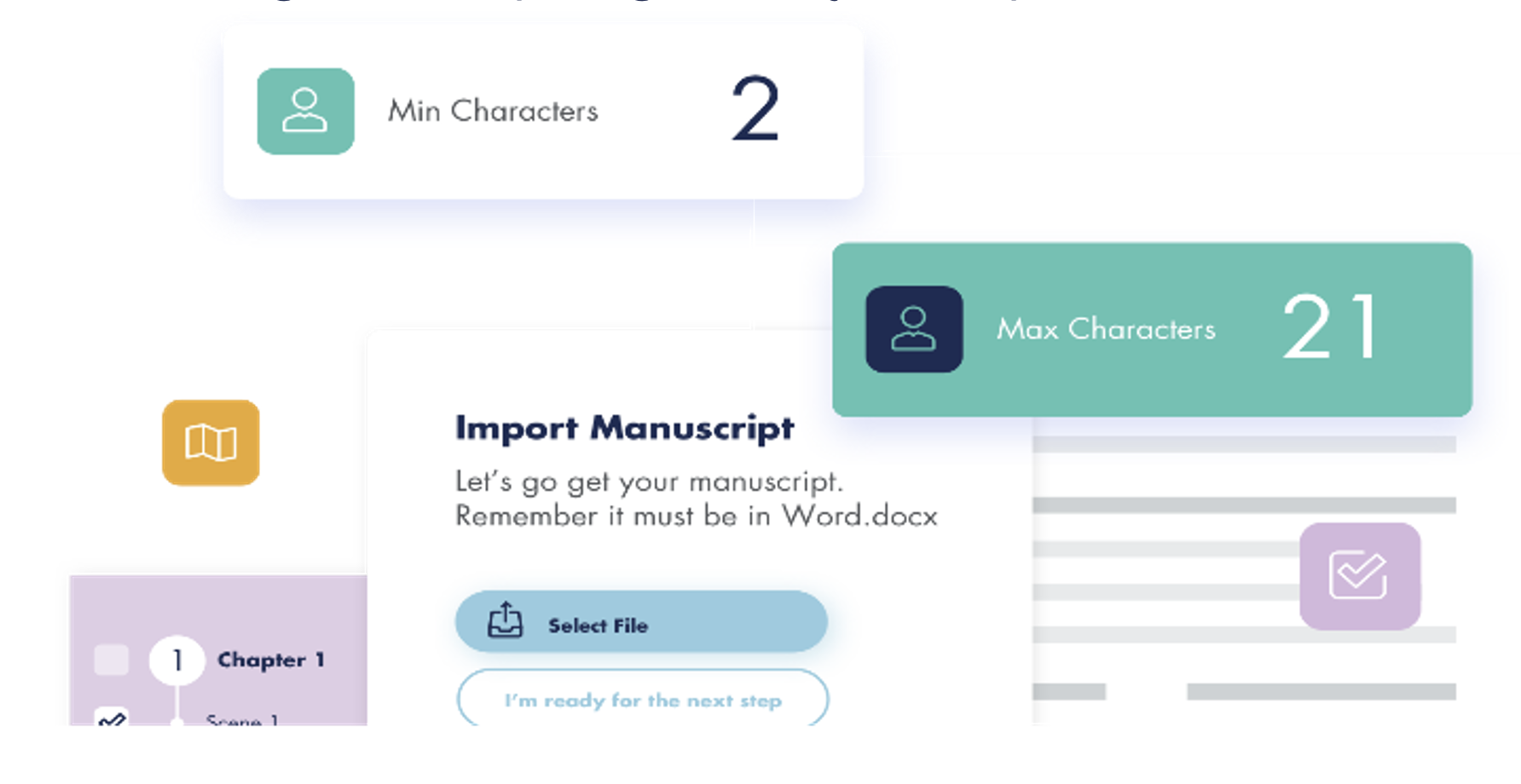 A story editor must be objective, as Shane Millar explains so brilliantly in this blog here.
A story editor must be objective, as Shane Millar explains so brilliantly in this blog here.
When you start your editing story with the structural story edit first, when you see the big changes needed, you are more open to change, no copy-editing-sunk-cost-fallacy to worry about.
Some writers lock their book in a real—or an electronic—drawer for a few months. Time is a great way to gain objectivity.
Another great way to find objectivity is you can load your work into Fictionary StoryTeller. Fictionary gives you the same objectivity that time gives you.
![]()
Let’s talk about your editing story
Start with getting your metaphorical red-pen-editing-mindset and create a list of actionable story edits. Revise using these, on to your copy edit, then you proofread. Finally, send your book out into the world.
And get your book into readers’ hands!
Come along to the Fictionary Community and find your editing voice, as Kristina Stanley’s amazing blog explains here.
Tell us all about your editing story—where you are and where you want to be!
![]()
Post Written by L Cooke
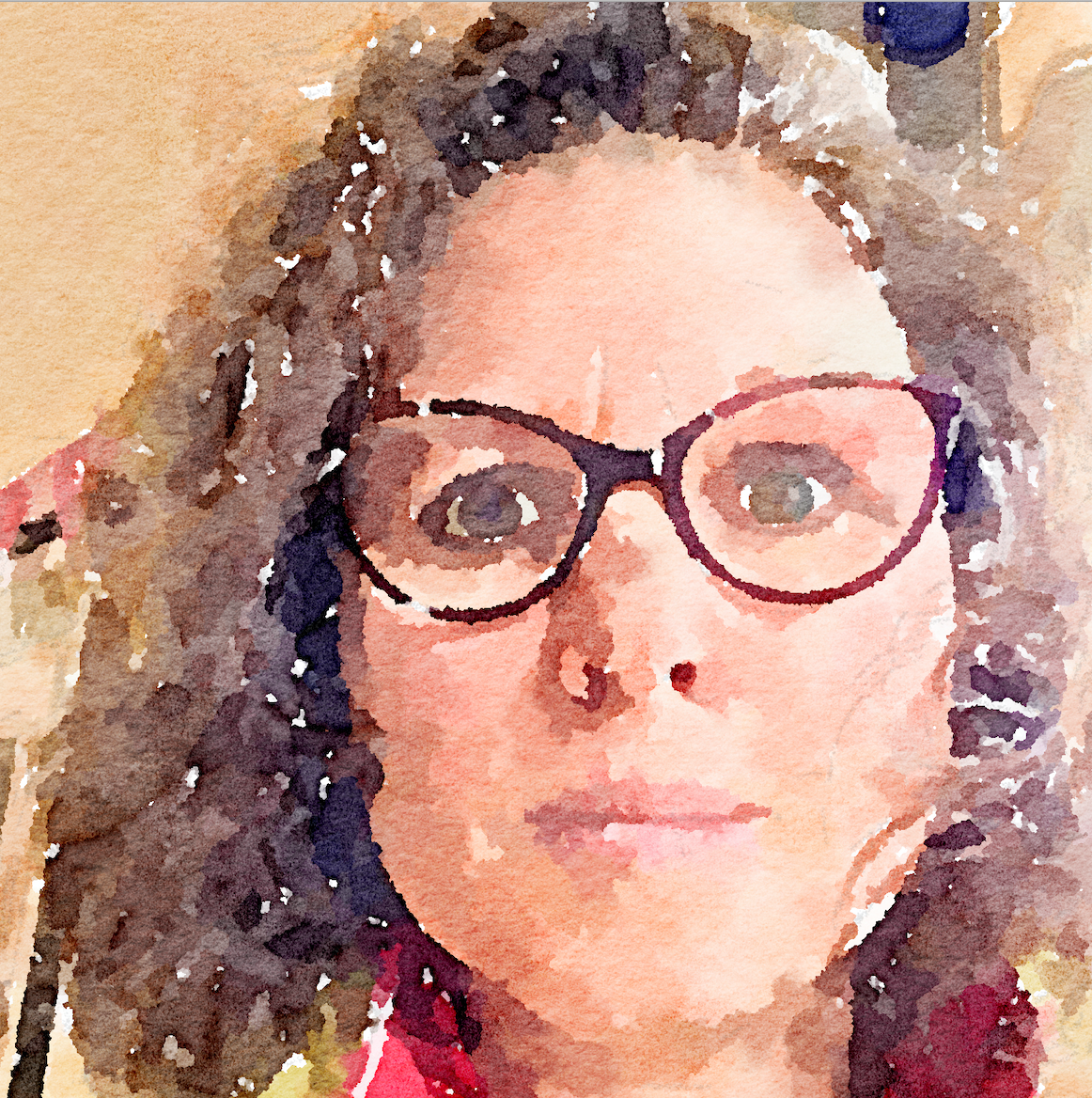 As a Fictionary certified Editor, I will explore your Work-In-Progress, chapter-by-chapter, scene-by-scene, story-element-by-story-element. You will end up with a treasure map of sorts, full of actionable advice and a greater understanding of your Work-In-Progress.
As a Fictionary certified Editor, I will explore your Work-In-Progress, chapter-by-chapter, scene-by-scene, story-element-by-story-element. You will end up with a treasure map of sorts, full of actionable advice and a greater understanding of your Work-In-Progress.
Contact at: https://invermuse.co.uk/


